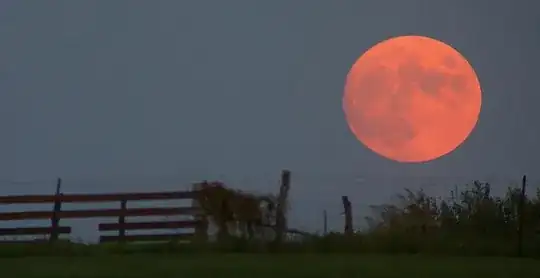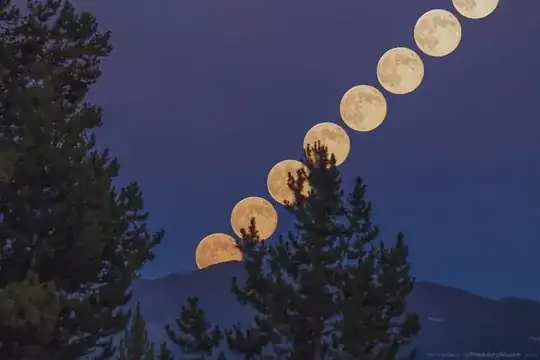The moon does significantly redden when it's close to the horizon, especially if you can see it over the ocean or from very flat ground, where you have a clear view all the way to the horizon. A clear view is very important; even 10 degrees up, such as looking over a distant mountain range, will produce a much less red moon.

But, arguably, it's still less red than a sunset. Why is the moon's reddening less obvious than the sun's?
The moon is already a little reddish
I think it's important to think about what 'reddening' means. You said "the spectrum of moonlight is more redshifted than that of the sun, which should contribute to an even more intense reddening" -- but that's actually the opposite of the case. (I would not use the term "red shift" in this context; that term has a specific astronomical meaning related to relativistic speeds.)
The sun at the horizon turns red because the blue light is being scattered by the atmosphere (contributing to blue skies for the day side of the world), and the red passes straight through. Consider if the sun produced only red light -- then you would see no additional reddening near the horizon because there's no blue light to remove from it.
So if the moon's spectrum is already redder than the sun's, then we would expect its reddening to be less intense than the sun's, not more -- there's not as much blue light to remove, so the change is smaller. The moon may be as red or redder than the sun from an objective "I am measuring light frequencies" perspective, but if you take two moon photos, one at the horizon and one high in the sky, and lay them side by side, the difference will be less impressive.
How red is the sun, really?
In your question you state that the sun "turn[s] bright red when it's close to the horizon", but I don't think that's true. Not every sunset features a really red sun; a middling orange is far more common. The deep crimson is usually something you usually only see when there's a lot of particulate in the atmosphere, such as from a volcanic eruption or large fire. So I don't think the sun's color shift is as dramatic as you think, and thus the moon's less dramatic color shift matches it more closely than you're expecting. The moon does indeed turn a deep blood red when the atmospheric conditions are right for it.
But also, photos are tricky things, because photographers almost always adjust the color of a picture, and the display unit you're viewing it on will alter the perceived colors. Moon photos don't typically try to enhance the moon's redness -- for example, the photo you posted is clearly meant to retain some realistic green color in the trees, which can't be compared to a sunset photo that's been tweaked for maximum intensity.
Your eyes aren't perfect either.
Another contributing factor is that the moon is much less bright than the sun, and seen against a generally dark sky. Under those conditions your eyes do a worse job of color discrimination, especially as the more sensitive rod cells in your eye take over for the color-vision cone cells. However, the blue-sensitive cone cells retain their responsiveness better than your red and green cones do under low-light conditions, which means colors under lower light levels tend to look bluer. This is called the Purkinje effect. That means even in person, it's likely that your eyes will perceive the moon as being less red than it truly is.

